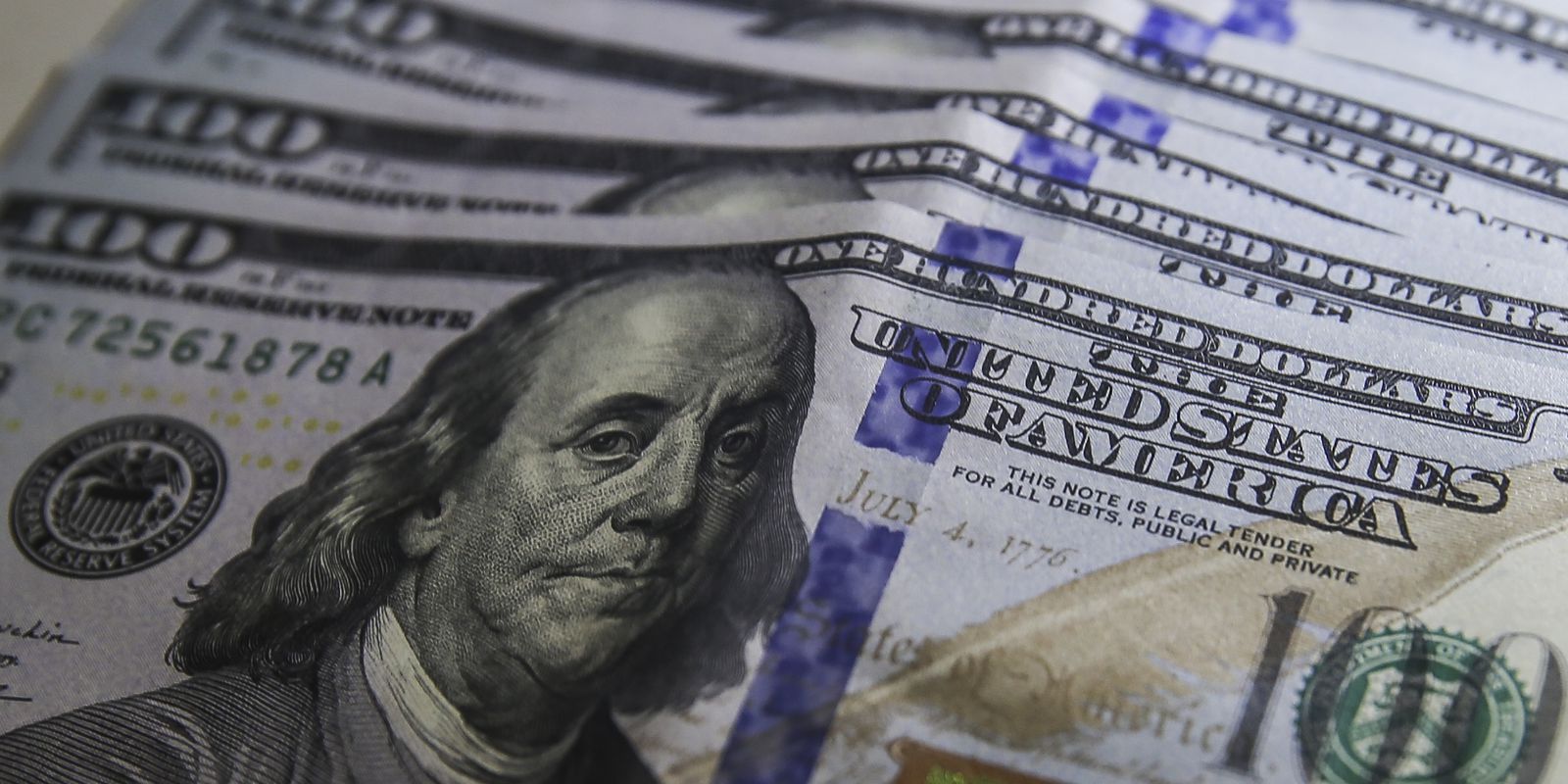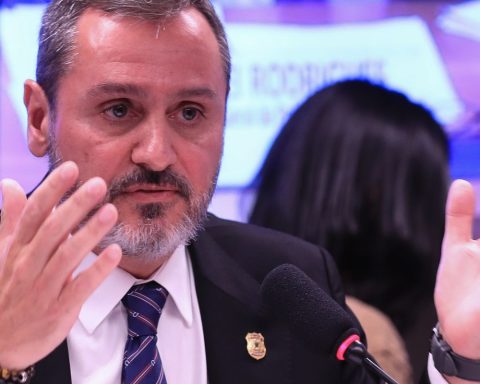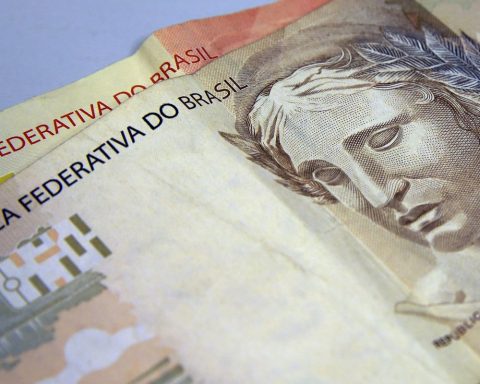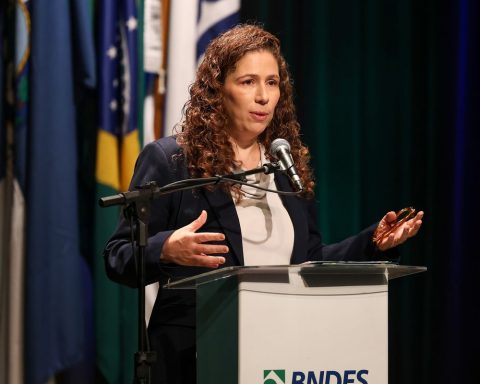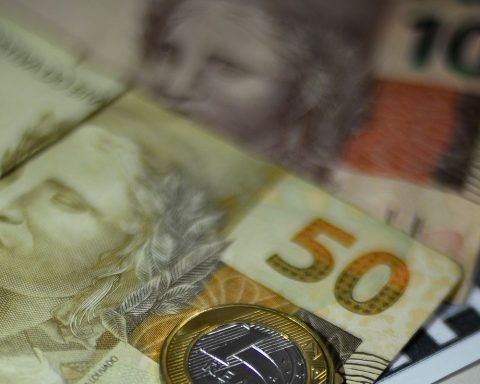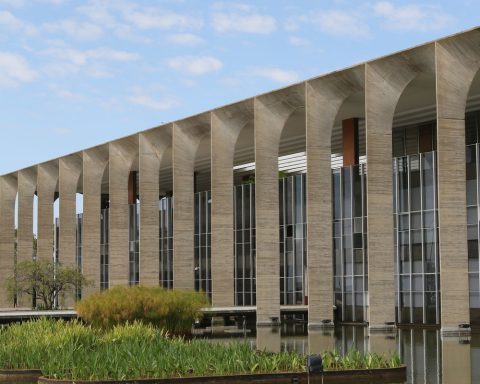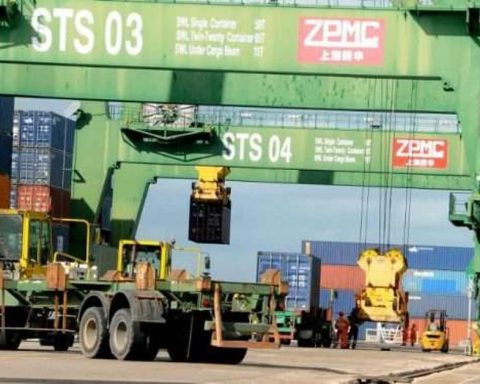The dollar closed this Tuesday (31) with a drop of 0.75%, being sold at R$ 5.0761. In January, the currency fell by 3.82%, after two consecutive months of increases, impacted by the inflow of resources into the country, as the reopening of China made emerging currencies more attractive and in view of the interest rate differential between Brazil and developed countries.
The fall of the dollar is also related to the weakening of the US currency abroad, after data in the United States reinforce signs of cooling down in inflation and the positive reception in the market to statements by authorities from the Ministry of Finance. The market is waiting for a monetary policy decision by the Federal Reserve (Fed), which should be released on Wednesday (1st), as well as by the Central Bank (BC) of Brazil in relation to the Selic rate.
The Ibovespa, on the other hand, closed up 1%, above 113 thousand points, maintaining a positive performance in the first month of the year, mainly supported by the flow of foreign capital to Brazilian shares. The gain in January was 3.6%, after two straight monthly losses.
The financial volume in the trading session totaled BRL 25.2 billion, against a daily average of around BRL 24.7 billion in 2023, in a session also marked by expectations for monetary policy decisions in Brazil and the United States on Wednesday.
* With information from Reuters
